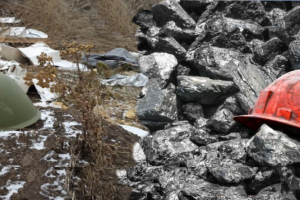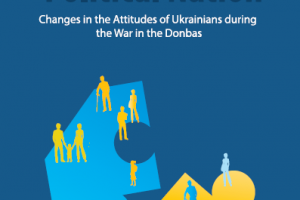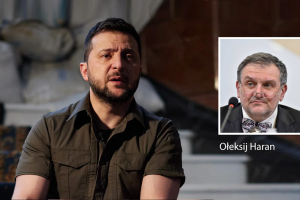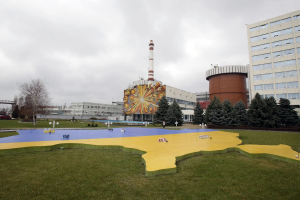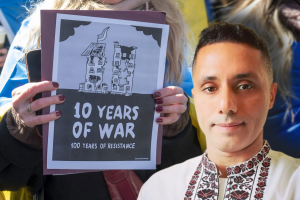How Ukraine’s shadow army fights back against the Russian occupation
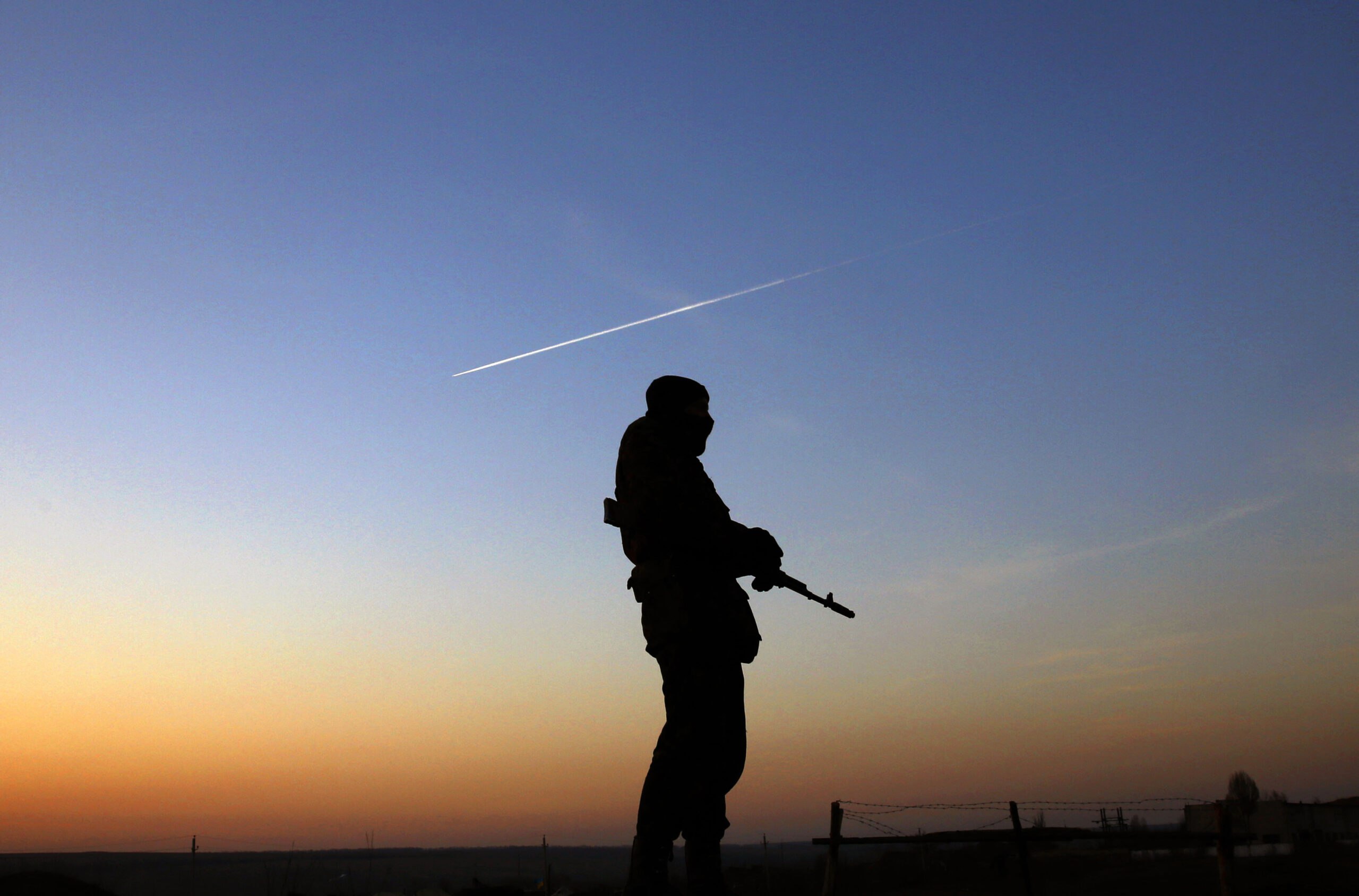
Source: Atlantic Council
As speculation mounts over a possible deal to end Russia’s war in Ukraine, most forecasts currently envisage Moscow retaining the Ukrainian territory that is now under Kremlin control. This would mean condemning millions of Ukrainian civilians to the horrors of indefinite Russian occupation. Crucially, it would also mark a new stage in the shadow war being waged by an extensive Ukrainian resistance movement throughout Russian-occupied regions of the country.
Ukraine’s resistance movement has evolved significantly in the eleven years since the onset of Russian military aggression against the country, with a dramatic escalation following the start of the full-scale invasion in February 2022. An extensive network of civil resistance activists, partisans, and military special forces units currently operates throughout Russian-occupied Ukraine, conducting everything from information campaigns to sabotage operations. The aims of the resistance movement include demoralizing the occupation authorities, undermining the logistics of the Russian invasion force, eliminating Russian troops and equipment, and providing vital intelligence to the Ukrainian military.
Geographically, the Ukrainian resistance movement is active throughout the occupied regions of the country, from Crimea in the south to Luhansk on Ukraine’s eastern border with Russia. Despite harsh Russian countermeasures and a Kremlin-enforced climate of fear throughout the occupied regions, Ukraine’s resistance network remains active and continues to expand, according to officials within the Ukrainian military who are charged with overseeing many of the operations taking place behind enemy lines.
While the exact structure of Ukraine’s resistance movement is necessarily shrouded in secrecy, it is possible to divide the country’s resistance efforts into three broad categories: civil resistance, partisan activities, and covert military operations.
The “Yellow Ribbon” movement and the “Zla Mavka” resistance group are two prominent examples of Ukrainian civil resistance in action. The “Yellow Ribbon” movement first emerged during the initial months of the full-scale invasion in spring 2022. As the name suggests, it allows activists to display their opposition to the Russian occupation by leaving yellow ribbons in public spaces or painting other symbols associated with the movement. Activists have also engaged in a wide range of information operations designed to intimidate Russian troops or lift the spirits of fellow Ukrainians living under Russian occupation.
The all-female “Zla Mavka” group takes its name from a traditional woodland spirit in Ukrainian folklore who is famed for luring unsuspecting men to their deaths. Members of this loosely knit group are known for using satire and engaging in creative mockery as they seek to boost Ukrainian morale and undermine the legitimacy of the Russian occupation forces.
A number of partisan groups are currently engaged in more direct acts of resistance including intelligence gathering, sabotage operations, and armed attacks on Russian forces in occupied Ukraine. One prominent example is “Atesh,” a partisan group that was founded in September 2022 in Russian-occupied Crimea but claims to have carried out attacks throughout the occupied regions of Ukraine.
The name “Atesh” comes from the Crimean Tatar word for “fire,” reflecting the group’s strong links with the Crimean Tatar community. In a July 2023 interview, Crimean Tatar community leader Mustafa Dzemilev said “Atesh” was able to operate “very deep underground” to avoid detection, but claimed that it could form the basis of a far larger partisan force in Crimea if Ukrainian troops were able to advance toward the peninsula.
Numerous other partisan groups are active across Russian-occupied Ukraine, often focusing on a particular city or region. These include the “Popular Resistance of Ukraine,” an umbrella organisation that claims to have conducted dozens of operations in occupied eastern Ukraine. Another example is the “Berdyansk Partisan Army,” which is active in and around the port city of Berdyansk in southern Ukraine’s Zaporizhzhia region.
Unsurprisingly, the main source of resistance activities in Russian-occupied Ukraine is the Ukrainian military. Ukraine first created a covert resistance force back in 2014 during the early stages of Russia’s invasion. In 2021, this was formally established as a unit within Ukraine’s Special Operations Forces. Known as the “Rukh Oporu” (“Resistance Movement”), it is currently engaged in a wide range of support functions that include training, supplying, and funding activists and partisan groups, while also conducting its own extensive operations against the Russian occupation forces. These activities are thought to include the assassination of Russian officials and collaborators.
In addition to “Rukh Oporu,” Ukraine’s SBU (State Security Service) and HUR (Military Intelligence Directorate) are also thought to be heavily involved in military activities behind enemy lines. This includes operations in Russian-occupied territory inside Ukraine and across the border in Russia itself.
It is difficult to assess the overall impact that resistance activities are having on morale within the ranks of the occupying Russian forces or among local collaborators. At the same time, numerous specific attacks on officials, soldiers, equipment, and infrastructure have been confirmed via multiple sources. Resistance groups also support the Ukrainian military with critical intelligence on everything from Russian troop movements to the deployment of air defense batteries. This has enabled a large number of precision strikes on high value targets, while also proving important for the conduct of major operations such as Ukraine’s successful September 2022 counteroffensive in the Kharkiv region.
Ukraine’s efforts to resist the Russian occupation have become markedly more sophisticated over the past three years and are unlikely to end any time soon. If talks progress in the coming months and a compromise peace agreement begins to take shape that would allow Russia to retain control over currently occupied regions of Ukraine, the issue of further Ukrainian resistance operations will likely become the subject of heated discussions as Moscow seeks assurances that Kyiv will be reluctant to provide.



